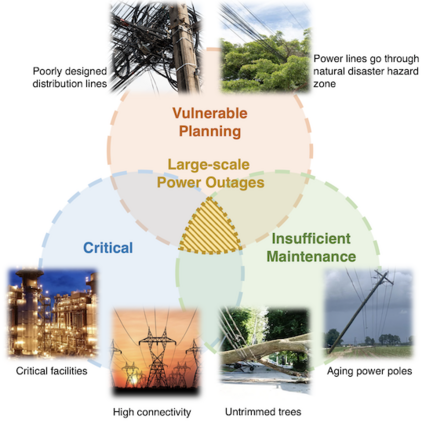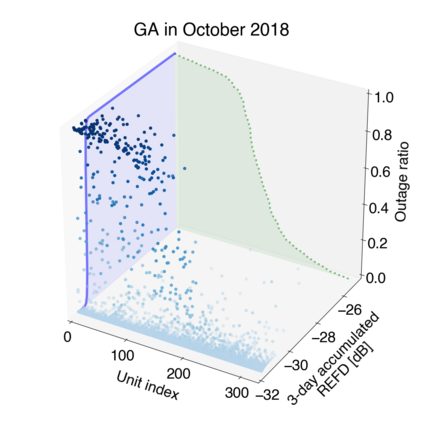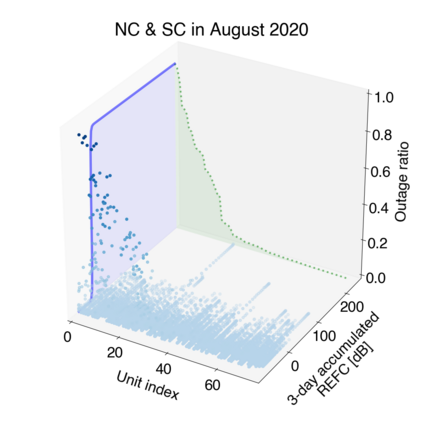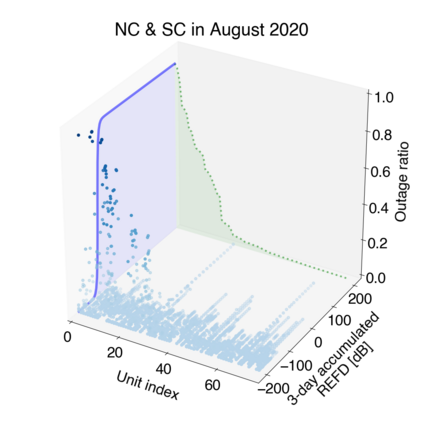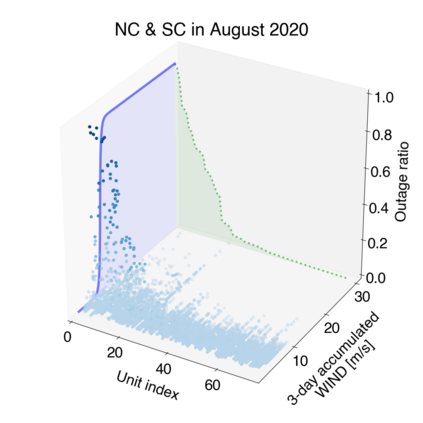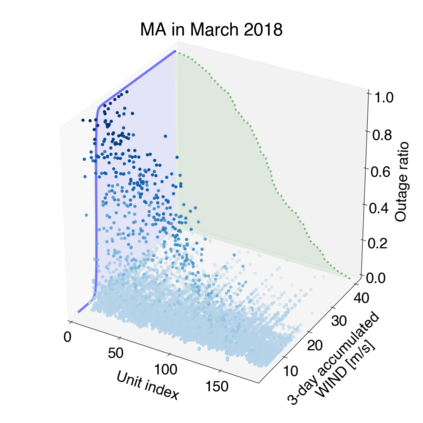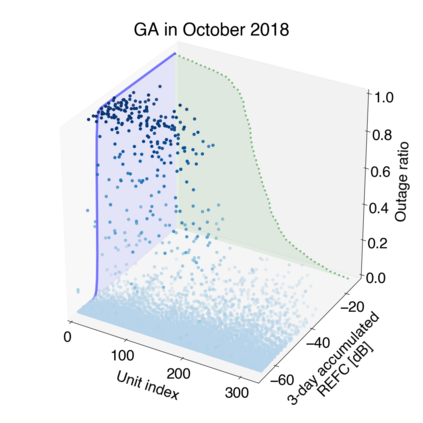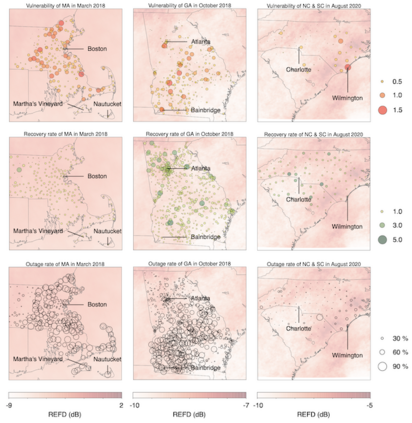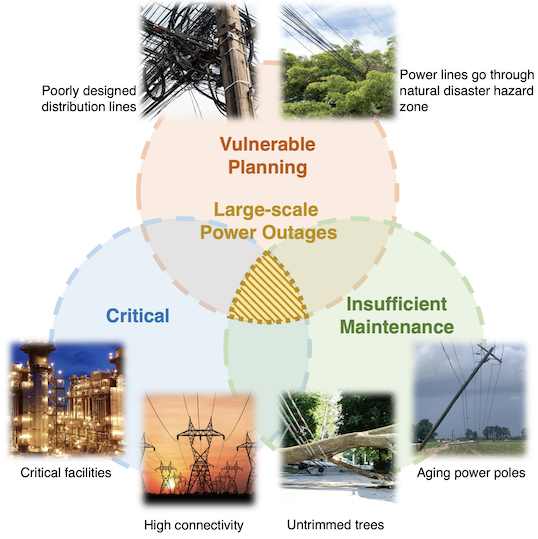In recent years, extreme weather events frequently cause large-scale power outages, affecting millions of customers for extended duration. Resilience, the capability of withstanding, adapting to, and recovering from a large-scale disruption, has becomes a top priority for power sector, in addition to economics and sustainability. However, a good understanding on the power grid resilience is still lacking, as most approaches still either stay on the conceptual level, yielding no actionable results, or focus on a particular technical issue, revealing little insights on the system level. In this study, we take a quantitative approach to understanding power system resilience by directly exploring real power outage data. We first give a qualitative analysis on power system resilience and large-scale power outage process, identifying key elements and developing conceptual models to describe grid resilience. Then we propose a spatio-temporal random process model, with parameters representing the identified resilience capabilities and interdependence between service areas. We perform analyse using our model on a set of large-scale customer-level quarter-hourly historical power outage data and corresponding weather records from three major service territories on the east-coast of the United States under normal daily operations and three major extreme weather events. It has shown that weather only directly cause a small portion of power outages, and the peak of power outages usually lag the weather events. Planning vulnerability and excessively accumulation of weather effects play a key role in causing sustained local outages to the power system in a short time. The local outages caused by weather events will later propagate to broader regions through the power grid, which subsequently lead to a much larger number of non-local power outages.
翻译:近年来,极端天气事件经常导致大规模断电,影响到数百万客户,影响时间较长。复原力、承受、适应和从大规模断电中恢复的能力,除了经济学和可持续性之外,已经成为电力部门的首要优先事项。然而,对于电网复原力仍缺乏良好的了解,因为大多数办法要么仍然停留在概念层面,没有产生可操作的结果,要么侧重于某个特定技术问题,对系统层面没有多少洞察力。在本研究中,我们通过直接探索实际断电数据,从数量角度来了解电力系统的复原力。我们首先对电力系统的复原力和大规模断电进程进行定性分析,确定关键要素,并开发概念模型来描述电网的复原力。然后,我们提出一个临时随机程序模型,其参数表明已查明的恢复能力和服务领域之间的相互依存性。我们用模型分析大规模客户层面四分之一小时的历史断电数据以及来自美国东部三大服务地区的相应天气记录,通过正常的天平运行和三次主要断电流的天气事件,通常导致当地最长时间断电。

